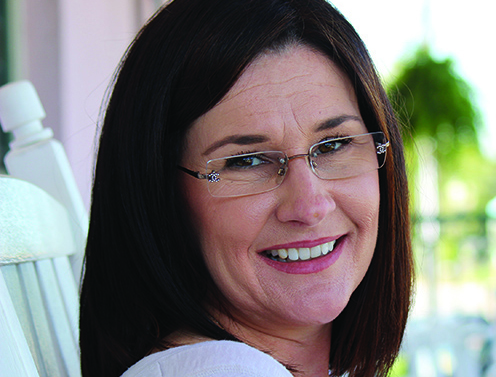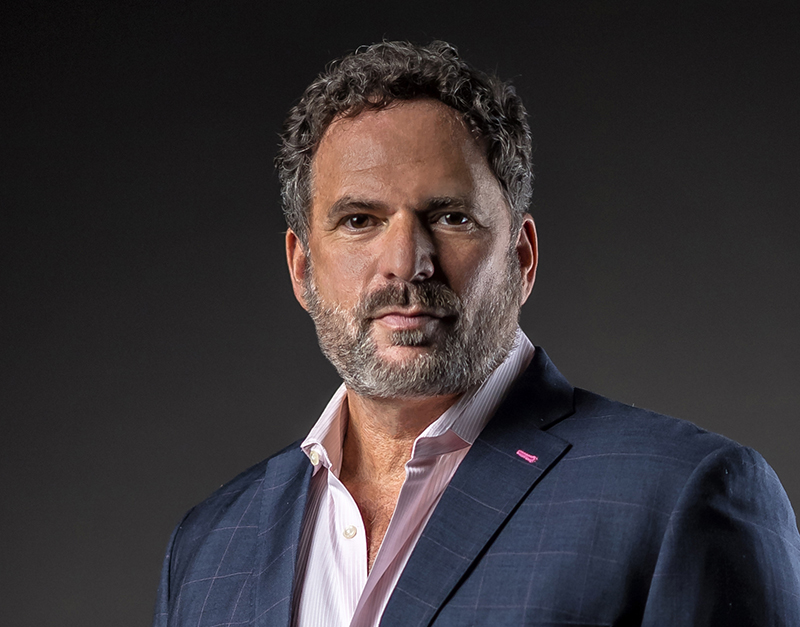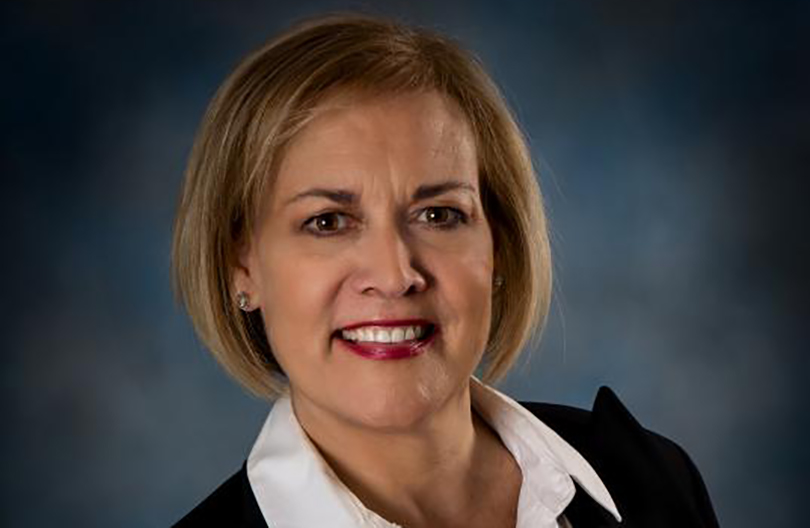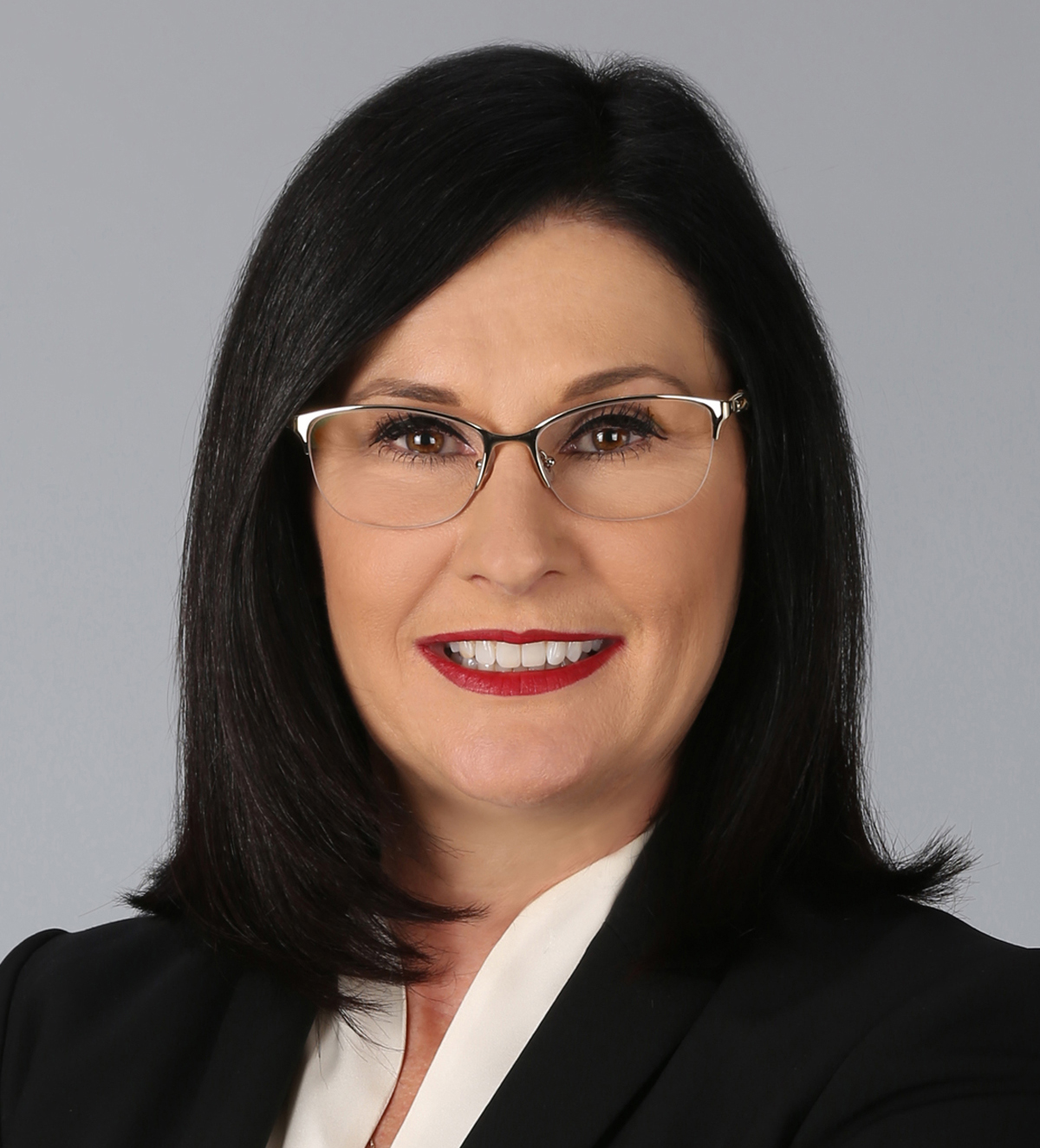By Darcie Lunsford
Entering the fourth quarter of 2017, enthusiasm was waning among commercial real estate insiders over how much runway the third-longest economic expansion in the nation’s history had left.
The NAIOP Commercial Real Estate Sentiment Index—which surveys developers, owners and brokers on nine indicators, from rent strength to construction costs—was retreating. Respondents were preparing for 2018 to deliver a softening of rents, occupancy and industry hiring.
But on Dec. 22, when the $1.5 trillion Tax Cuts and Jobs Act was signed into law, the skip returned to the commercial real estate industry’s step.
Unlike the last major tax legislation in 1986, which decimated the industry, insiders say, this one will drive values and investment in the sector.
“We are very pleased. We think this will be good for the industry,” says Tom Bisacquino, CEO of suburban Washington, D.C.-based NAIOP, the nation’s leading commercial real estate association. “What I like about this bill is that it really impacts a vast majority of the public.”
Bisacquino says lower tax rates will put additional cash in Americans’ pockets, driving a surge of consumerism that will fuel the nation’s industrial markets.
Bisacquino believes that lowering corporate rates will spur companies to invest, hire and repatriate some of the estimated $2.6 trillion parked offshore. That will ultimately lift the office sector, but it could take a year
One last-minute provision—which troubled opponents of the legislation—to lower the tax rate and give a 20 percent deduction on pass-through business income, is particularly beneficial to commercial real estate. That’s because most buildings are held in these types of partnerships and limited liability companies.
“It makes real estate income more valuable,” says veteran investment sales broker Doug Mandel of Marcus & Millichap. He also says new limitations on deductions of state and local taxes will be a boon to states without an income tax, such as Florida. “I think you will see more people move to Florida.”
According to the Tax Foundation, which describes itself as an independent organization dedicated to pro-growth tax policy, the new law will spur an additional $1 trillion in federal revenue through economic growth. By lowering marginal tax rates and the cost of capital, the plan will lead to a 1.7 percent increase in long-term gross domestic product, 1.5 percent rise in wages and 339,000 new jobs, it predicts.
Adds Mark Vitner, senior ecomomist at Wells Fargo: “We are fairly upbeat. We see real GDP growing 2.7 percent in 2018. Not only will growth be stronger, but gains will be more broadly based. Capital spending is ramping up in a big way and that should allow the economy to grow faster without pushing inflation much higher.”
Vitner expects the Federal Reserve to raise interest rates three times in 2018 by a total of 75 basis points. He dismisses naysaying that corporations will horde tax benefits.
“Worries that companies will squander their saving from tax cuts on buybacks, dividends or mergers and acquisitions are overblown,” Vitner says.
The legislation should be good for commercial real estate, Vitner says.
“We see more growth in office, industrial and retail. Apartments are set to take a breather, particularly high-end projects,” Vitner says. “Growth is shift back toward the suburbs but with an urban feel.” ↵
Freelance writer Darcie Lunsford is a former real estate editor of the South Florida Business Journal. She is the senior VP for leasing at Butters Group and is avoiding a conflict of interest in her column by not covering her own deals.
Why the 2017 Tax Reform Act is good for commercial real estate, according to NAIOP:
• Preserves 1031 like-kind real estate exchanges for reinvesting capital in CRE.
• Taxes profits received as carried interest in a project held for three years as capital gains.
• Lowers taxes for pass-through income entities, which is how many CRE assets are held.
• Reduces corporate tax rate to 21, spurring corporate office occupier growth.
• Reduces personal income taxes, which will bolster spending on goods and drive demand for warehouse and distribution space.
• Doubles the estate tax exemption, which will help family-owned developers’ succession to next generation and make it less likely heirs will have to sell assets to pay tax bills.













